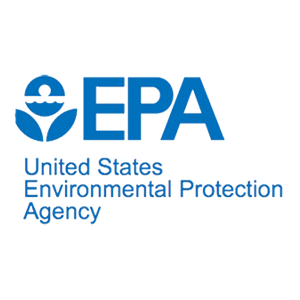In February 2023, EPA released for public comment and peer review a set of principles for evaluating cumulative risks under the Toxic Substances Control Act (TSCA) and a proposed approach for applying those principles to the evaluation of the cumulative risk posed by certain phthalate chemicals undergoing TSCA section 6 risk evaluation.
Draft Proposed Principles of Cumulative Risk Assessment Under the Toxic Substances Control Act (pdf)
Until now, EPA has approached TSCA section 6 risk evaluations by looking at the risk posed by a single chemical substance under the conditions of use. However, chemicals such as some of the phthalates have similar effects on human health and have been found in the human body at the same time. For these chemicals, EPA believes that the best approach to evaluate risk to human health may be to look at the combined risk to health from multiple chemicals with similar effects simultaneously. Public comments received by the Agency, other federal and international regulatory agencies and authoritative bodies support a cumulative approach to assessing the risks of phthalate chemicals. Today’s principles and approach documents are the first steps towards EPA conducting a cumulative risk assessment under TSCA.
EPA will hold a public virtual meeting of the SACC on May 8-11, 2023, to peer review the cumulative risk assessment principles and proposed phthalate approach. This review will ensure that the approach incorporates independent scientific advice and recommendations, and that EPA follows a transparent process. Information on registering to attend the public virtual meeting will be available in April 2023 on the SACC website.
Upon publication of the Federal Register notice, written comments on the documents undergoing peer review will be accepted for 60 days through www.regulations.gov (Docket No. EPA-HQ-OPPT-2022-0918).
EPA will use the peer review and public input to guide the development of the cumulative risk assessment for phthalates. The results of the phthalate cumulative risk assessment may help inform EPA’s individual phthalate risk evaluations and ultimately the unreasonable risk determinations.
Learn more about risk evaluations for existing chemicals under TSCA.


